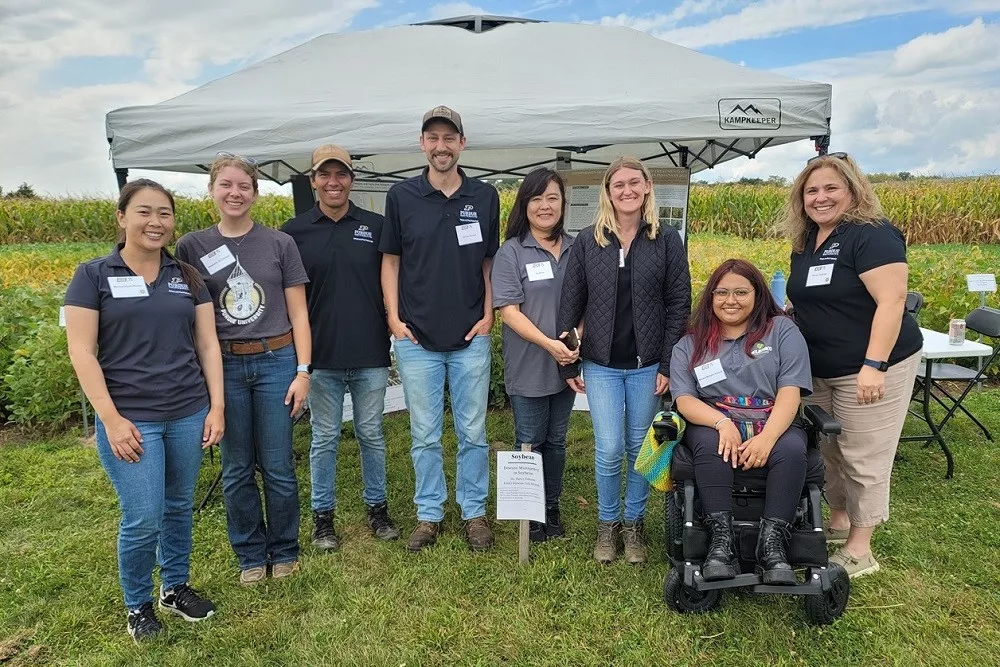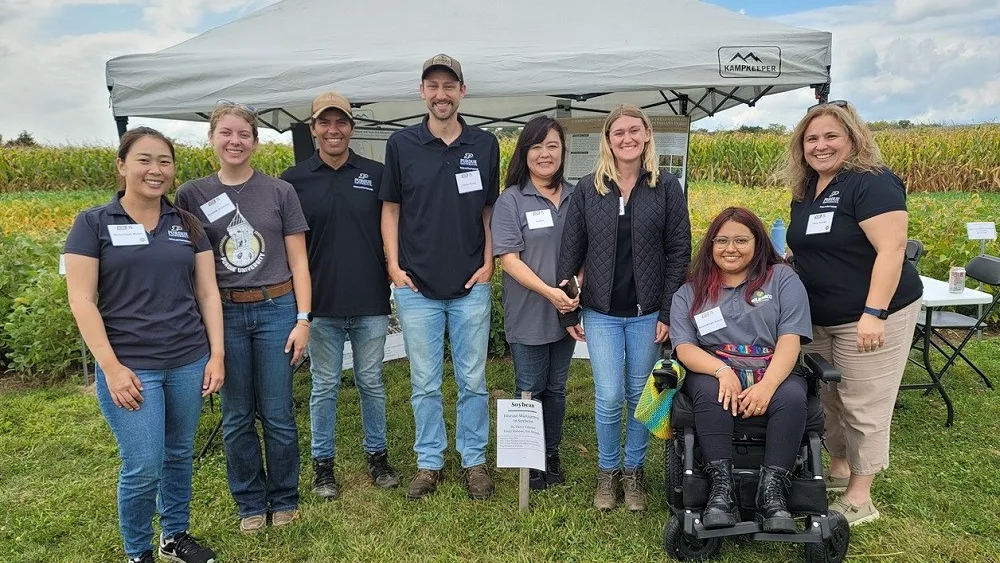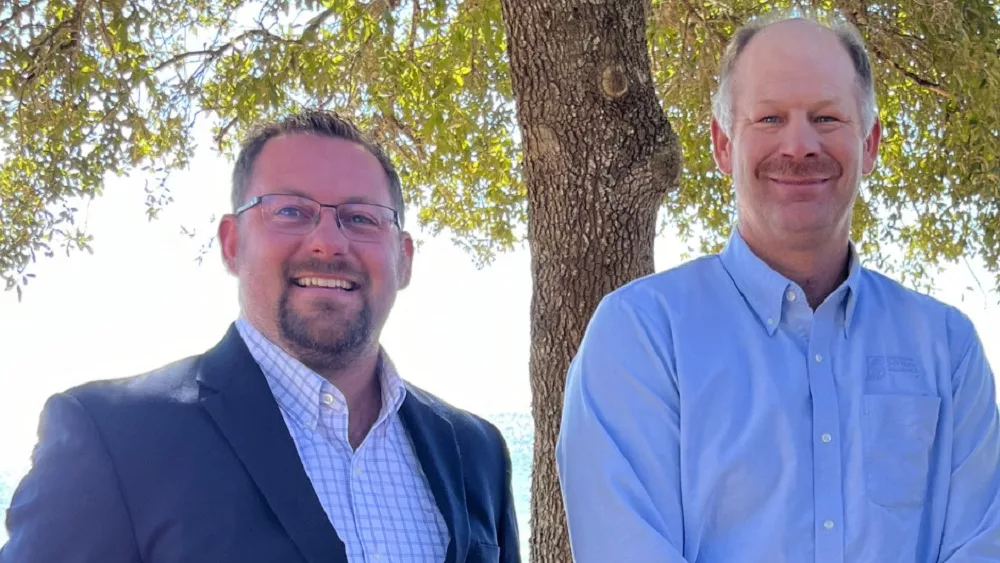
Through grant funding provided by the Indiana Corn Marketing Council, several research scientists with the Purdue University College of Agriculture are focusing on limiting the negative impact that fungal diseases are having on corn yields.
Specific fungi can produce mycotoxins that can harm corn. The fungi are usually present in the Northern Corn Belt region and cause diseases such as Gibberella ear rot.
Darcy Telenko, associate professor of plant pathology and Extension specialist at Purdue University, explained that mycotoxin contamination of grain is not new. “It’s something that can happen any year depending on the weather. Gibberella ear rot has been causing problems for over 100 years in Indiana.”
Gibberella ear rot is caused by a fungus called Gibberella zeae and appears as a red to pink mold on an ear of corn. Telenko explained, “In general, we see epidemics every four to five years, and when this occurs, high levels of mycotoxins can be produced in the grain, resulting in crop byproducts that can’t be used.”
Recently, Telenko has observed an alarmingly consistent uptick in reports of mycotoxins in regional corn crops. From 2021 to 2023, Indiana alone experienced a total monetary loss of roughly $50 million, almost triple the historical average of $16 million per year, due to disease. Infected corn grain being rejected during the inspection process leads to a reduction in crop yield and quality and economic loss for farmers and agribusinesses.
Telenko and Dan Quinn, assistant professor agronomy and Purdue Extension corn specialist, are working to mitigate these effects and help farmers recover losses and predict future ones.
The pair will research various types of ear rot data to help build prediction models using Indiana grain samples that they will collect later this and next year. They have already begun small-scale research trials, supported by previous funding.
The research project will also investigate similar issues in soybeans, drawing on the expertise of Shaun Casteel, associate professor of agronomy and Extension soybean specialist.
Telenko and Quinn’s goal is to expand their existing research and partner with farmers to assess risk, better identify fungal diseases and make effective management recommendations. Their field research will expand to utilize Extension’s Purdue on the Farm Program, which is designed to help farmers adopt practical, research-based applications to address farm management challenges.
Telenko said, “This is why Extension is important. We’re able to share our research and engage with people in the field to understand their needs and adapt our research programs to target problems impacting their farms.”
Written by: Ashvini Malshe, Purdue Agricultural Communications





